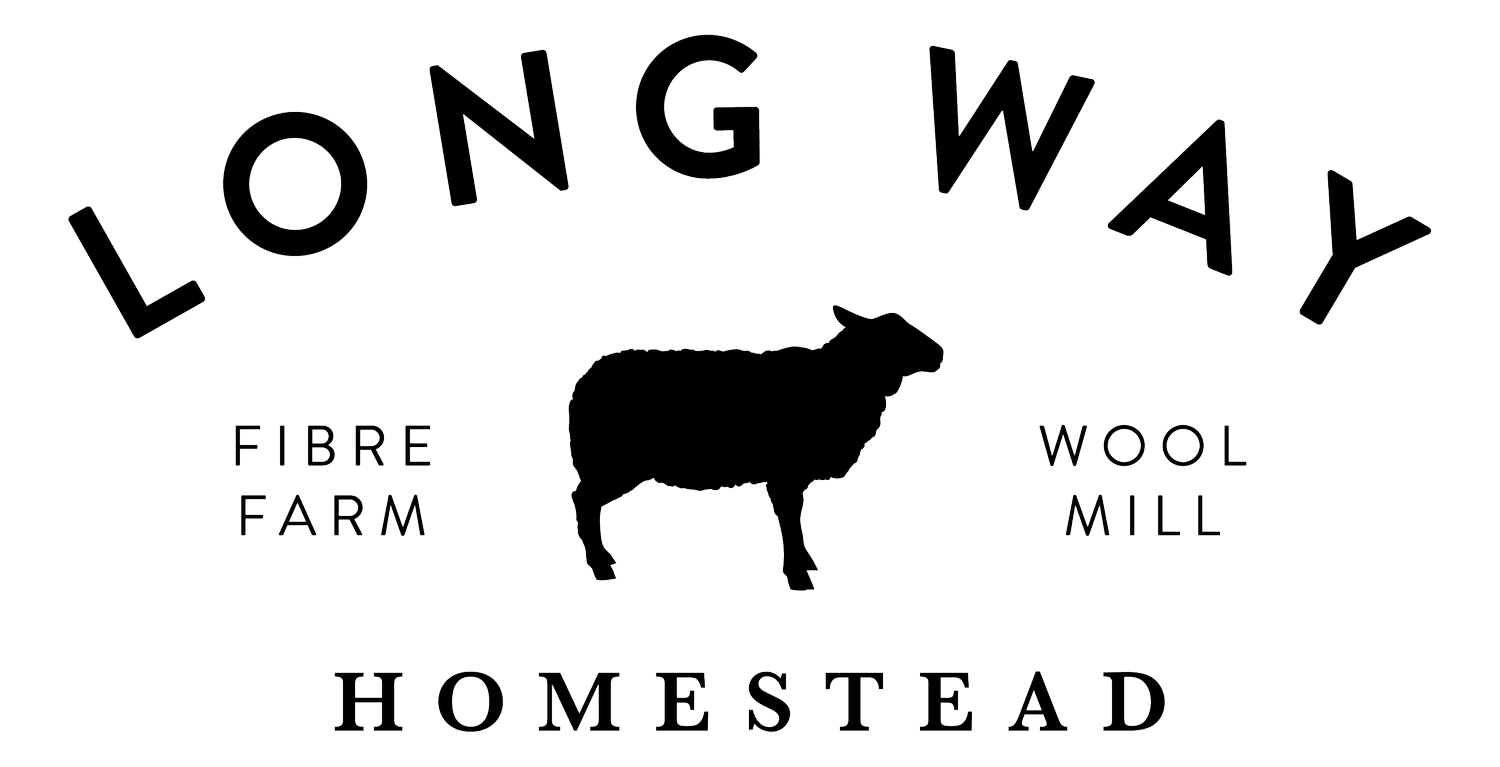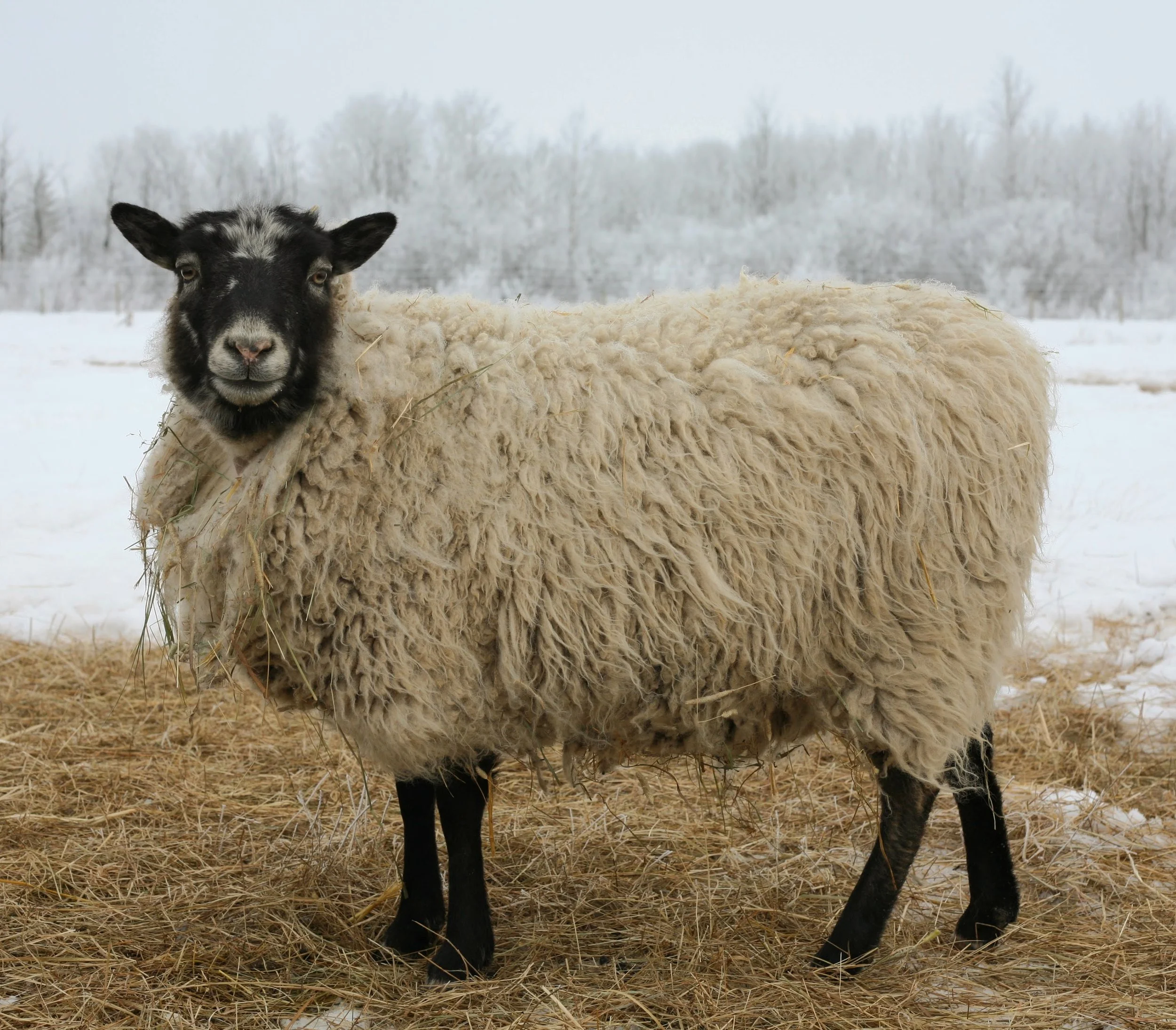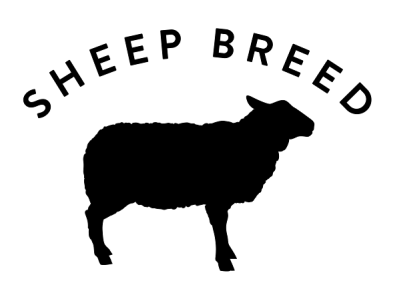Shetland
Shetland sheep developed on the Shetland Islands between Scotland and Norway, the exact details of how they arrived is unknown, but likely they were introduced by scandinavian settlers. Shetlands have the finest wool among the British breeds and the depth of natural colour is unparalleled in any other breed.
Shetland wool comes in eleven main colours and many fascinating markings and patterns.
The genetics of in Shetland colours and patterns is fascinating and worth a deep dive!
Shetland wool is a combination of light weight and durability. It can be used for delicate shawls to sturdy rope. It doesn’t have noticeable lustre and the well-developed crimp gives it a light, airy feel. Shetland wool is excellent in Fair Isle knitwear and tweeds.
Shetland has 11 shades within the breed from off-white, tans, browns, gray, and black. This is by far the most stunning trait of shetland wool, and often results in awe when people see the variety of colours within a single flock. White shetland takes dye well, and the other natural colours can by overdyed.Shetland fleece will felt
average staple length: 2" - 10"" inches
fibre diameter: 20 - 30 microns
fleece weight is 2-5lbs
Locks can vary
Triangular dense locks withvariable crimp
Our Shetland wool comes from our very own flock of shetland sheep! Follow us on instagram to see our everyday life with these beautiful sheep!
There are so many interesting things to use with Shetland wool - fair isle knitting is an obvious choice - but I also love the Hap Shawl a traditional shetland wool project.








